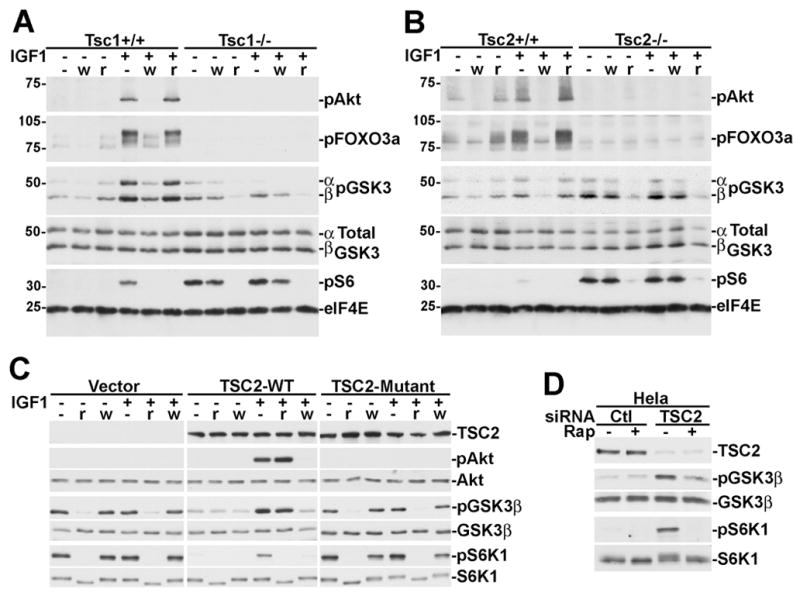Figure 2. Loss of the TSC1-2 complex leads to wortmannin-resistant rapamycin-sensitive phosphorylation of GSK3.

(A) Littermate-derived Tsc1+/+ and Tsc1−/− MEFs were serum starved for 16 h and then pretreated for 15 min with 100 nM wortmannin (w) or 20 nM rapamycin (r) then stimulated for 15 min with 25 ng/ml IGF1, where indicated. Lysates were then immunoblotted with the indicated phospho-specific antibodies or antibodies to total GSK3 and eIF4E as loading controls.
(B) Cells were treated as described in A, but using littermate-derived Tsc2+/+ and Tsc2−/− MEFs.
(C) Rescue of the alternative regulation of GSK3 in Tsc2−/− MEFs with wild-type human TSC2. Retrovirus-infected pools of Tsc2−/− MEFs stably expressing empty vector, human TSC2, or a patient-derived mutant of TSC2 (P419S) were treated as described in A.
(D) TSC2 knockdown in HeLa cells leads to constitutive rapamycin-sensitive GSK3 phosphorylation. 48 hours post-transfection with control or TSC2 siRNAs, HeLa cells were serum starved for 16 h and treated for 15 min with 20 nM rapamycin, where indicated.
